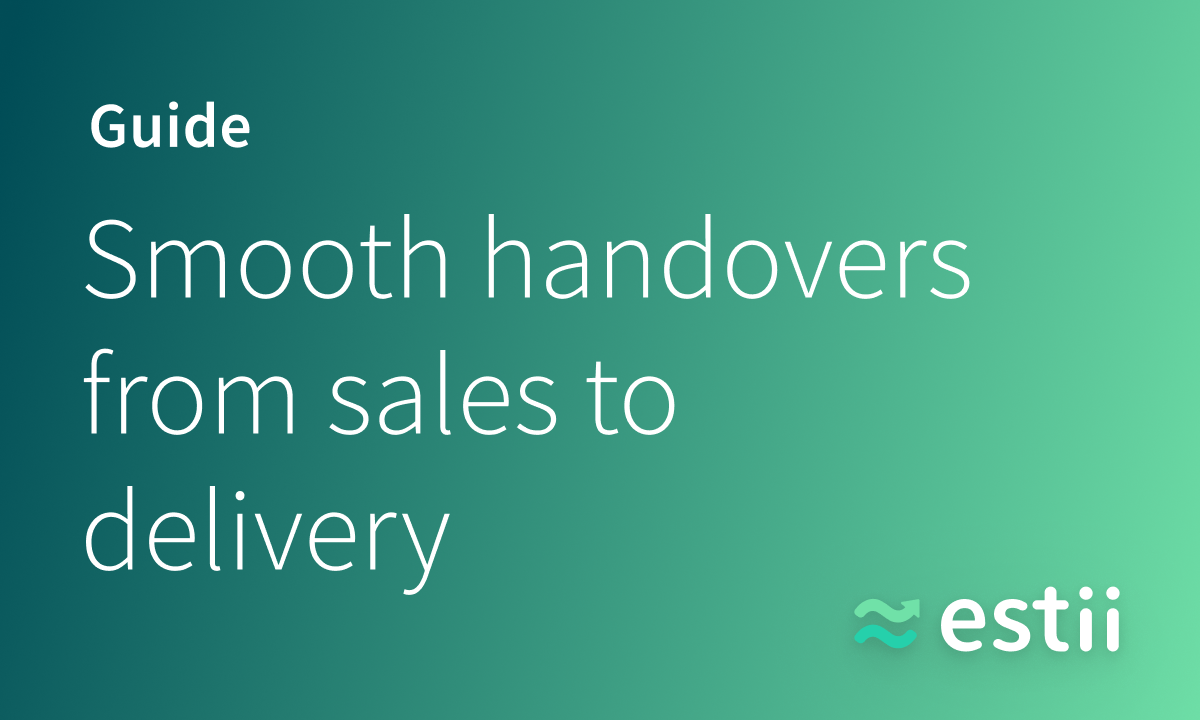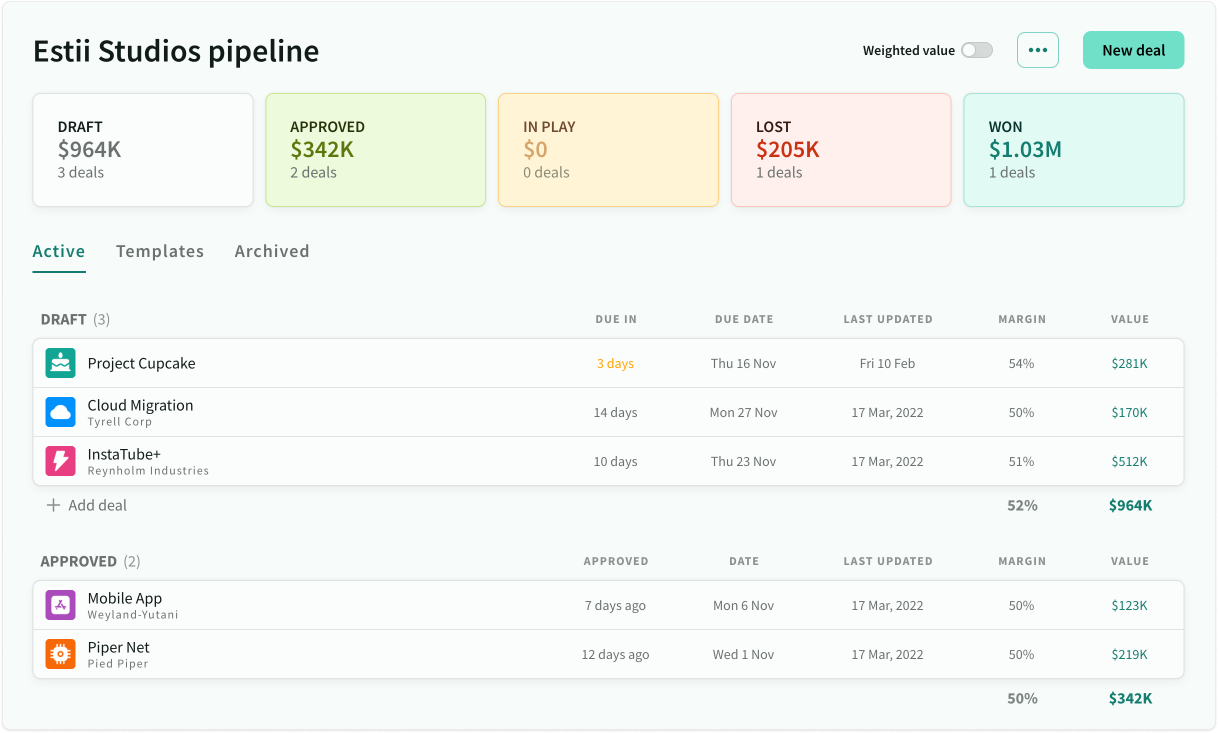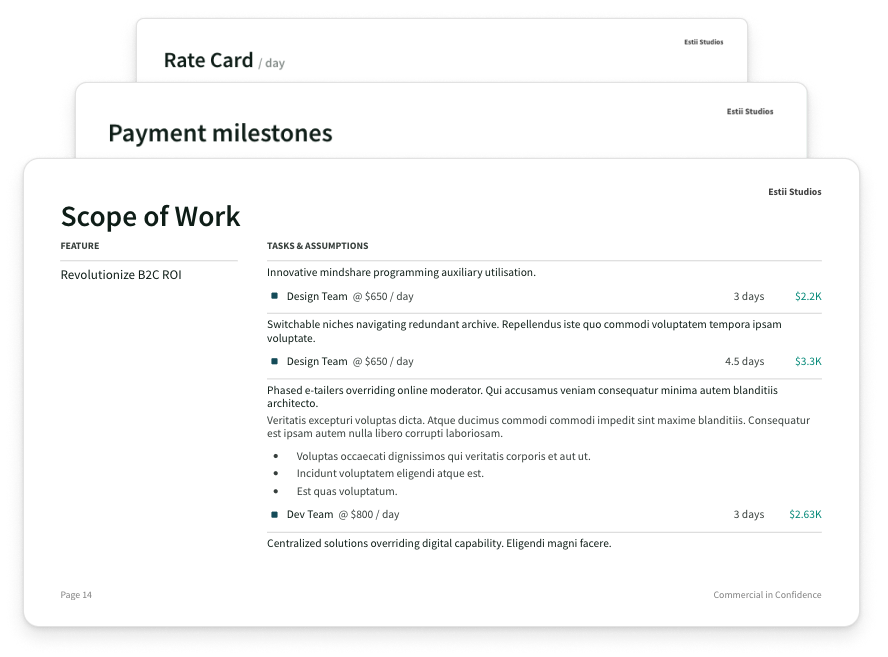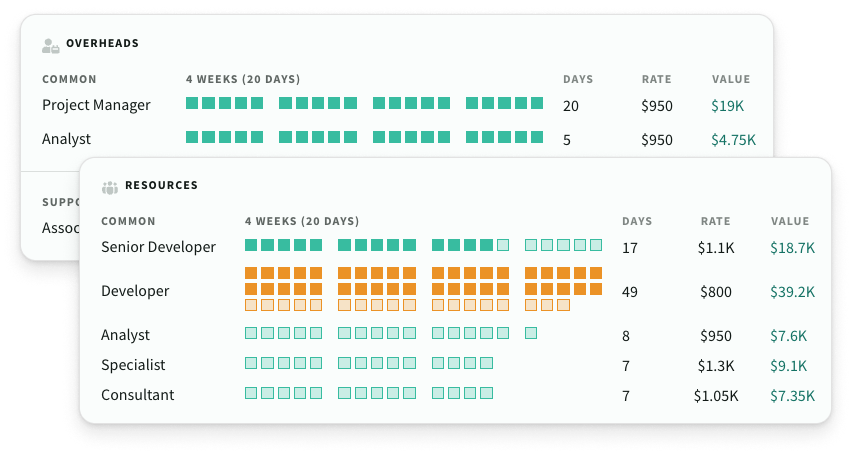
The importance of handover for solution providers
Delivering professional and managed services means building a shared understanding of scope between three audiences: the customer, sales and delivery. Having worked on both sides of this relationship: seven years as a software architect and five as solutions engineer at deltatre.com, I can report that, at times, handover can get a little tense!
On the delivery team we built and operated video services across Browser, Mobile and Smart TVs for global content owners. The work was complex and involved integrations between our products and both customer and third-party services.
It was also difficult work to estimate.
Handover meetings, while generally upbeat, could sometimes get heated as delivery teams slowly uncovered a gap between the sales vision and cold reality.
There were two main causes for these gaps:
- Lack of engagement with the right stakeholders during estimation
- Ineffective capture and communication of customer requirements to delivery
After one particularly spicy handover meeting, I was offered a role on the solutions team to try and improve the situation.
On the solutions team we responded to a high volume of opportunities, mapping complex customer requirements to the services we offered. Each deal was a months long deep-dive into API documentation, requirement spreadsheets and engagement with both internal and external stakeholders.
Over time, we improved the handover process by evaluating the information we captured during the sales cycle against what the delivery team needed to work effectively. We worked with delivery to agree on standard handover artefacts and built a process that brought delivery into the loop long before deals closed.
Most importantly we learnt that effective handover creates continuity in the customer relationship, harmonious collaboration between sales and delivery teams, and ultimately better outcomes in delivered projects.
Build a knowledge base during the sales cycle
Service businesses often invest huge amounts of time in building a winning pitch. And the larger the deal, the more that effort is justified. But often, the wealth of information generated during this process – ideation, research, and communication – is not effectively captured.
The result, from the customer's perspective, is extremely frustrating: discontinuity in their relationship with the vendor, having to repeat themselves, and a feeling that their project has been handed over from the experts to a bunch of newbies!
Here are four strategies for avoiding this interruption of service:
- Create a centralised, digital repository: Store information in a single location with a consistent structure. This repository should host critical documents, meeting minutes, customer interactions, and other relevant information.
- Official documentation, front and centre: Ensure the documentation provided by the customer is easily accessible. And stay organised, uploading amendments and updates as they arrive. It should always be easy to find the latest version!
- Keep track of internal discussions: So much useful context is created during internal meetings. Decisions are made, tradeoffs are discussed, and your final approach evolves over-time. Keep track of why decisions were made, those will be extremely useful later on.
- Know your customer: Sales teams build up detailed profiles of customer stakeholders in the course of a sale. Understanding the roles, responsibilities, and motivations of these players will give the delivery team a huge head start after project-kickoff.

Identify key artefacts for handover upfront
In the process of handover from sales to delivery, several crucial artefacts need to be identified and understood. These artefacts serve as foundational elements for the project, guiding its direction and ensuring all parties have the necessary context and understanding.
Here are 8 key areas that should be documented for handover:
- Solution proposal: An introduction to the project summarising the customer’s business, the problem to be solved and the proposed solution. This document will map out the project at a high level – spanning architecture, design, delivery, testing, and operations.
- Scope, assumptions and estimates: Clear, concise project scope that strikes the right level of detail and maps well to how delivery teams think is the lynchpin in effective handover. Scope should be grouped using the shared terminology and categories. Tasks should provide all context required for effective estimation and delivery. Be sure to include assumptions, exclusions and feedback gathered from stakeholders during estimation. If there’s one thing to get right, this is the one!
- External dependencies: Understanding which factors are outside of the control of the delivery team, and what assumptions have been put in place to manage this risk, is crucial information for project managers and team leaders Gathering relevant documentation for these dependencies can save valuable time during project kickoff.
- Proposed delivery schedule and resource plan: How has delivery been phased in the proposal, and what resource profiles are needed? Resource plans are critical for capacity planning, managed by a Project Management Office (PMO) at larger organisations.
- Dependencies driving project timeline: What are the dependencies that drive the project’s timeline? Documenting these will give delivery teams a clear view on the motivation for, and limits to the schedule.
- High-level commercial summary: While not obviously relevant to a delivery audience, project commercials can provide important context for project managers and team leaders. Were specific rate cards used to price the deal? What kind of discounts were applied? What assumptions around volume were used to calculate TCO? Providing these data points puts profitability front of mind.
- Compliance with customer standards: Most proposals include compliance responses for the standards to which the customer expects work to be delivered. Where these affect scope they should be included there as well.
- Customer stakeholders: A list of who was involved in the bid from the customer’s side, along with their roles and responsibilities.

Handover starts before you close
Friction between sales and delivery teams often originates when projects are “thrown over the fence” at the last minute. The easiest way to avoid that friction is to start the handover process before the deal closes, allowing more time for the delivery team to absorb information and potentially provide input to final negotiations.
Here are four key activities that should take place in the final stages of closing the deal:
- Keep resourcing in the loop: As deals progress through your pipeline, make sure sales and resourcing teams are communicating about the likely capacity requirements of the project. Lead times and delivery schedules must align with reality!
- Identify delivery leads: Work with resource planners to identify delivery leads before the deal closes. There is a lot of information to digest, so any additional time to ramp up these key people will benefit the project.
- Curate knowledge base: Once a deal is won, before handover, take the time to organise handover documentation. Archive (but don’t delete!) revisions and variations, leaving only the versions that were finally agreed upon.
- Create handover artefacts: Summarise notes, documents, emails and minutes into the final handover artifacts. Taking the time to condense this information will reduce cognitive overhead for the whole delivery team, so it’s worth the effort.

Transfer ownership of the project
You’ve done it - another project in the bag! Now begins the important process of inducting a new audience into the details of the project. If you’ve followed our advice in the previous sections, there should be a wealth of useful information to bring the delivery up to speed efficiently.
This is also a great opportunity to introspect your process and identify areas for improvement on future deals.
Remember these points to maximise the opportunity of the work you’ve done:
- Cover information over multiple sessions: Avoid overloading the delivery team with information. Break handover into multiple meetings on specific topics, although it is useful to have all stakeholders in all sessions to build up context with cross-cutting concerns.
- Create a channel for asynchronous Q&A: As the delivery team comes up to speed with the project, it’s useful to have a central location where they can communicate with the sales team. This could be a Slack or Teams channel, or a page in the project wiki. The questions that are asked can be a useful source of ideas for what could be improved in the handover documentation next time.
- Consider automating project setup: Structured data like scope of work can be a useful starting point for the task management tools used by delivery. Tools like Estii can help by exporting this data in an easily importable format, including identifiers that allow you to track estimates vs actuals – improving your estimates over time.
- Ensure sales stakeholders participate: Despite your best efforts, there is always information that will not be present in the handover documentation. Involving key stakeholders from the sales process will create channels of communication between the delivery team and those who best understand the customer’s needs.
Wrapping up
The process of transitioning from sales to delivery is a critical juncture in any project. It is at this point that the promises made during the sales cycle begin to materialise into concrete actions. By building a robust knowledge base during the sales cycle, identifying the key artefacts needed for a successful handover, starting the handover process before the deal is closed, effectively transferring ownership of the project, and continuously improving the process, organisations can ensure a smooth transition.
This not only enhances the customer's confidence but also supports a more harmonious collaboration between the sales and delivery teams, leading to better project outcomes.